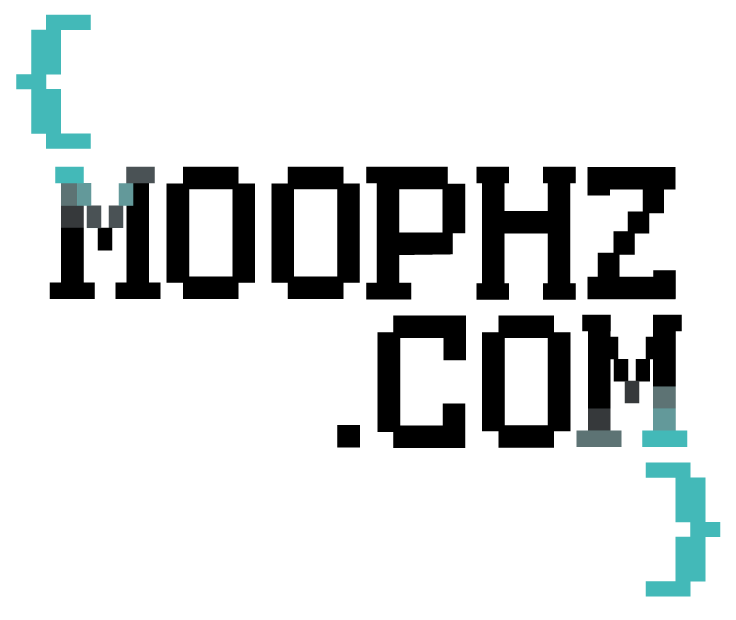In the past years in Lebanon, a very promising amateur astronomy community has been growing, and Daniel Caracache is one of those folks out there who have been working hard to put this tiny country on the worldwide Astrophotography map.
Daniel has been practicing deep sky astrophotography for two years now, but has been researching about it for longer. Always striving and starving for dark skies, he ponders moonless and cloudless nights as opportunities to suck the night skies' photons till the last minute.

Daniel operating his telescope (26/05/2017)
Astrophotography is hard, it can be frustrating yet immensely rewarding. It never gets easier; with its ongoing and steep learning curve, it acutely keeps on getting harder. Liken it to climbing a mountain to the top, but there is no top - it's a lifetime hobby.
Unlike daylight pictures, you cannot predict the final outcome of your astro images by just checking your camera preview. For each time you see one of those beautiful images, be aware they are the result of long hardworking hours of compiled imaging on the fields and processing whenever back home.
Astrophotographers hate light pollution and do not bargain. They escape city lights and spend nights in dark and cold locations where no mobile coverage reaches, all this to nail the perfect image. If you like to accompany an astrophotographer to the field, make sure to show your awareness about not using any light under their pitch black skies - or you will be easily ditched.
Daniel's work can be viewed on the following links, if you love and appreciate his work, shout out to him on Instagram/Facebook and Flickr. I will let his images speak for themselves:
1. The Cocoon Nebula - Imaging time: 1 hour, 20 minutes
The Cocoon Nebula (IC 5146) is a small round emission nebula in northern Cygnus with a prominent large dark nebula of interstellar clouds called Barnard 168.
The nebula is located at a distance of about 4,000 light years.
2. The Dumbbell Nebula - Imaging time: 3 hours, 28 minutes
The Dumbbell Nebula (Messier 27) is a planetary nebula in the constellation Vulpecula, at a distance of about 1,360 light-years. The nebula is an excellent example of a gaseous emission nebula created as a sun-like star runs out of nuclear fuel in its core. Absorbed ultraviolet light energises the shell of nebulous gas around the central star, causing it to appear as a brightly coloured planetary nebula.
3. The Eagle Nebula - Imaging time: 3 hours (my favorite)
The Eagle Nebula consists of a vast cloud of gas and dust where stars are being born. It lies some 7,000 light years distant in the direction of the constellation Serpens.
Hot, newborn stars illuminate the gas. Both the "Eagle" and the "Star Queen" refer to visual impressions of the dark silhouette near the center of the nebula, an area made famous as the "Pillars of Creation” (magnified at the bottom right of the image).

4. The Eastern Veil Nebula - Imaging time: 4 hours, 25 minutes
The Eastern Veil Nebula (NGC6992) is a cloud of heated and ionised gas and dust in the constellation Cygnus.
It is a part of a supernova remnant that is the shattered remains of one, and possibly two, supernovae that exploded more than 15,000 years ago at a distance of 2,500 light-years from Earth.

5. The Helix Nebula - Imaging time: 3 hours, 40 minutes
The Helix Nebula, also known as The Helix, NGC 7293, is a large planetary nebula located in the constellation Aquarius.The estimated distance is about 700 light-years.
The Helix Nebula has sometimes been referred to as the "Eye of God" in pop culture, as well as the "Eye of Sauron”.

6. The Iris Nebula - Imaging time: 2 hours, 40 minutes
The Iris Nebula, designated NGC 7023, is an emission nebula that resembles an Iris flower. It’s approximately 6 light years across and 1,300 light years away from Earth in the Cepheus constellation. The dark areas are places where there is cold dust in space. This dust blocks the light from the stars behind it, yielding blank, dark spots in the sky. The nebula's dominant blue color is the result of dust grains reflecting star light.

7. The Lagoon and Trifid Nebulae - Imaging time: 1 hour, 28 minutes
The Lagoon Nebula is a giant interstellar cloud in the constellation Sagittarius. It is classified as an emission nebula and as an H-II region. The Lagoon Nebula is estimated to be between 4,000-6,000 light-years from the Earth.
The Trifid Nebula is an H-II region located in Sagittarius. It was discovered by Charles Messier on June 5, 1764. Its name means 'divided into three lobes'. The object is an unusual combination of an open cluster of stars; an emission nebula (the lower, red portion), a reflection nebula (the upper, blue portion) and a dark nebula (the apparent 'gaps' within the emission nebula that cause the trifurcated appearance).

8. The Needle Galaxy - Imaging time: 1 hour, 30 minutes
NGC 4565 (also known as the Needle Galaxy or Caldwell 38) is an edge-on spiral galaxy about 30 to 50 million light-years away in the constellation Coma Berenices.NGC 4565 has at least two satellite galaxies, one of which is interacting with it.

9. The North America Nebula - Imaging time: 4 hours, 47 minutes
The North America Nebula (NGC 7000) is an emission nebula in the constellation Cygnus. The remarkable shape of the nebula resembles that of the continent of North America, complete with a prominent Gulf of Mexico.
Cygnus's Wall is a term for the "Mexico and Central America part" of the North America Nebula. The Cygnus Wall exhibits the most concentrated star formations in the nebula.
The North America Nebula covers an area of more than four times the size of the full moon.

Darkness prevails,






Leave a comment!